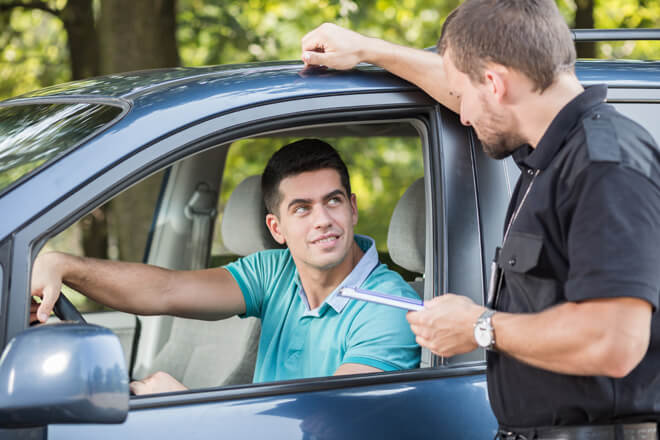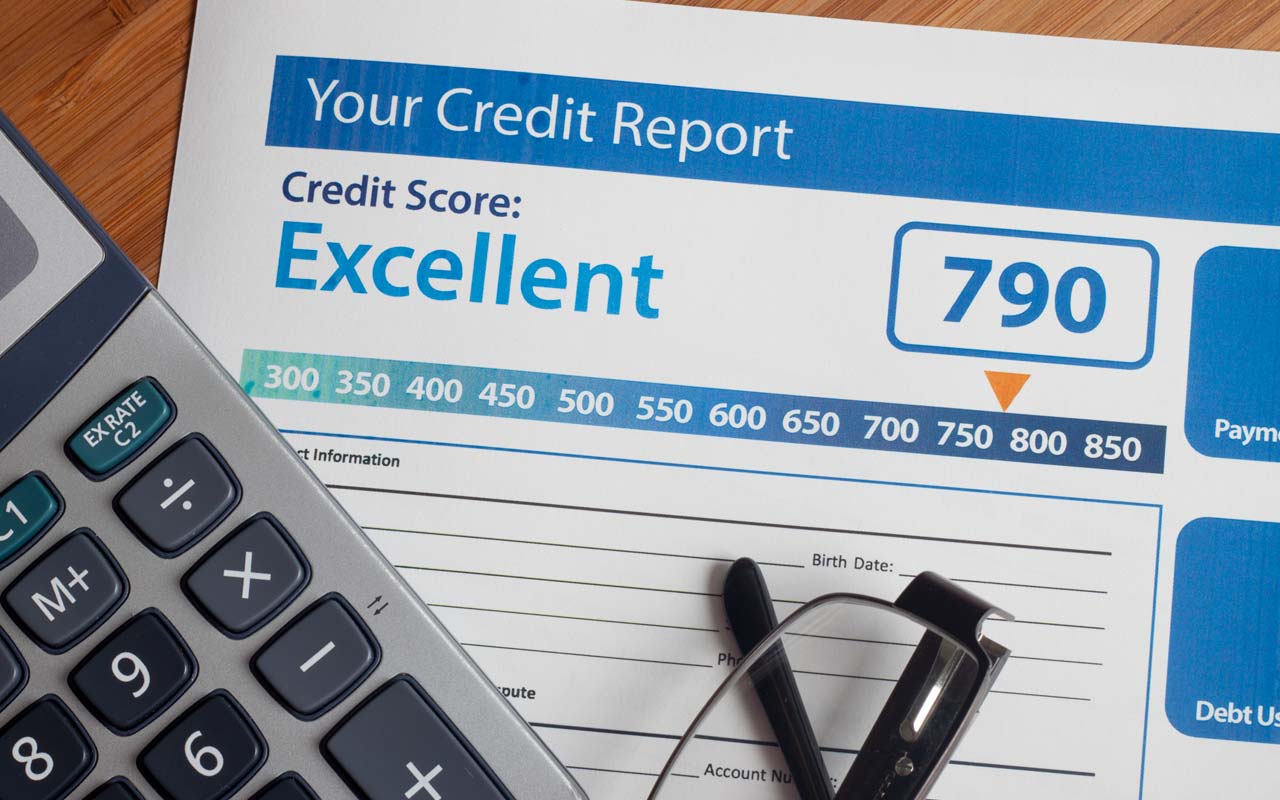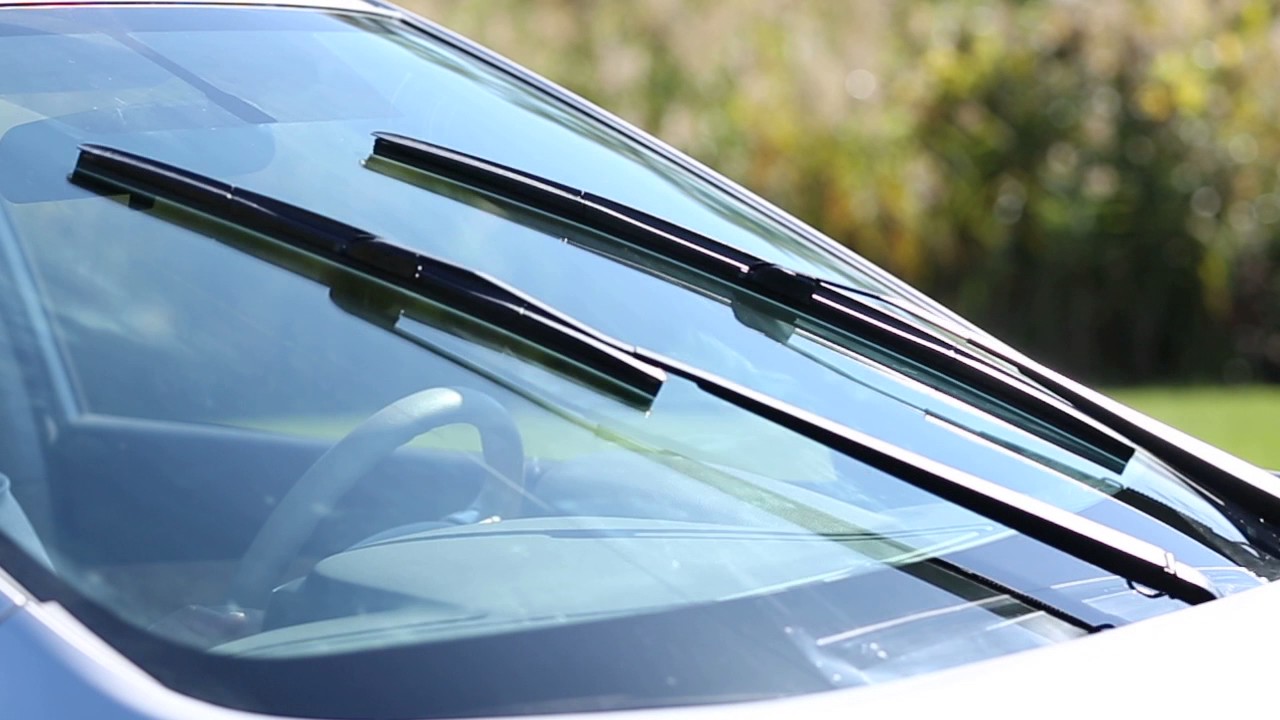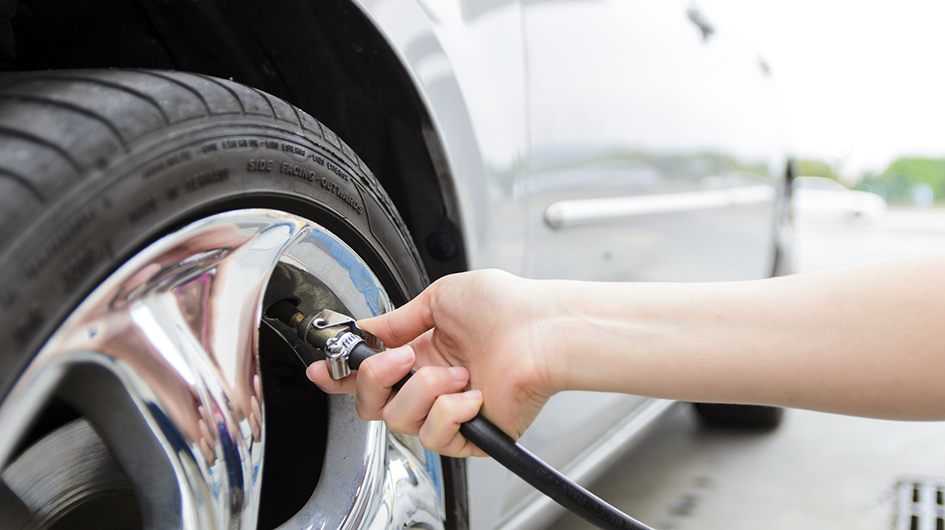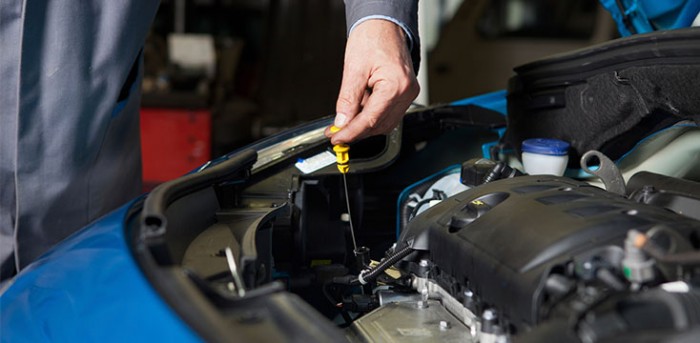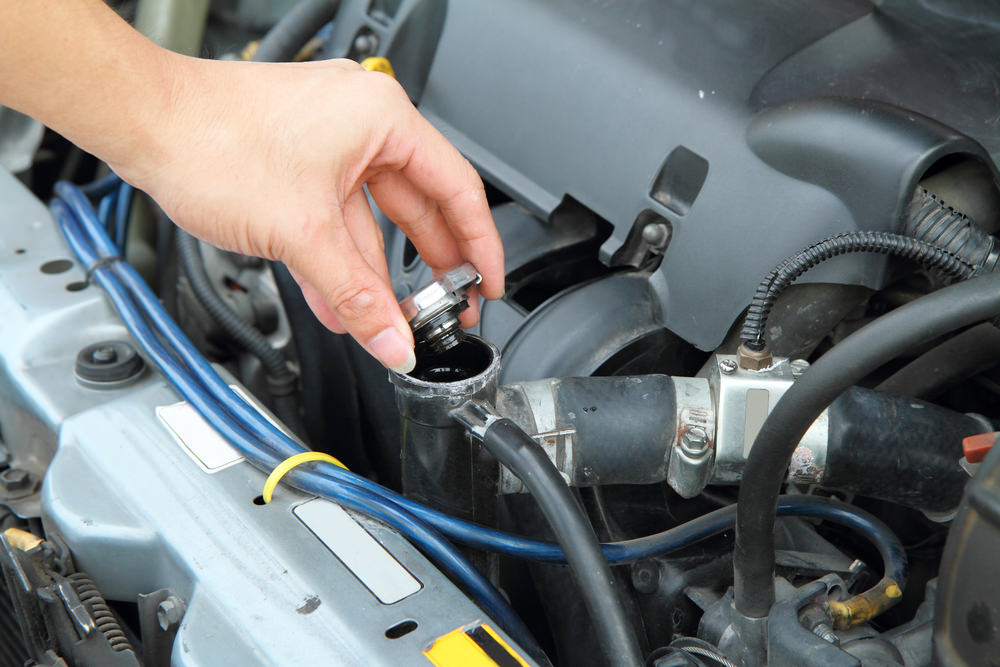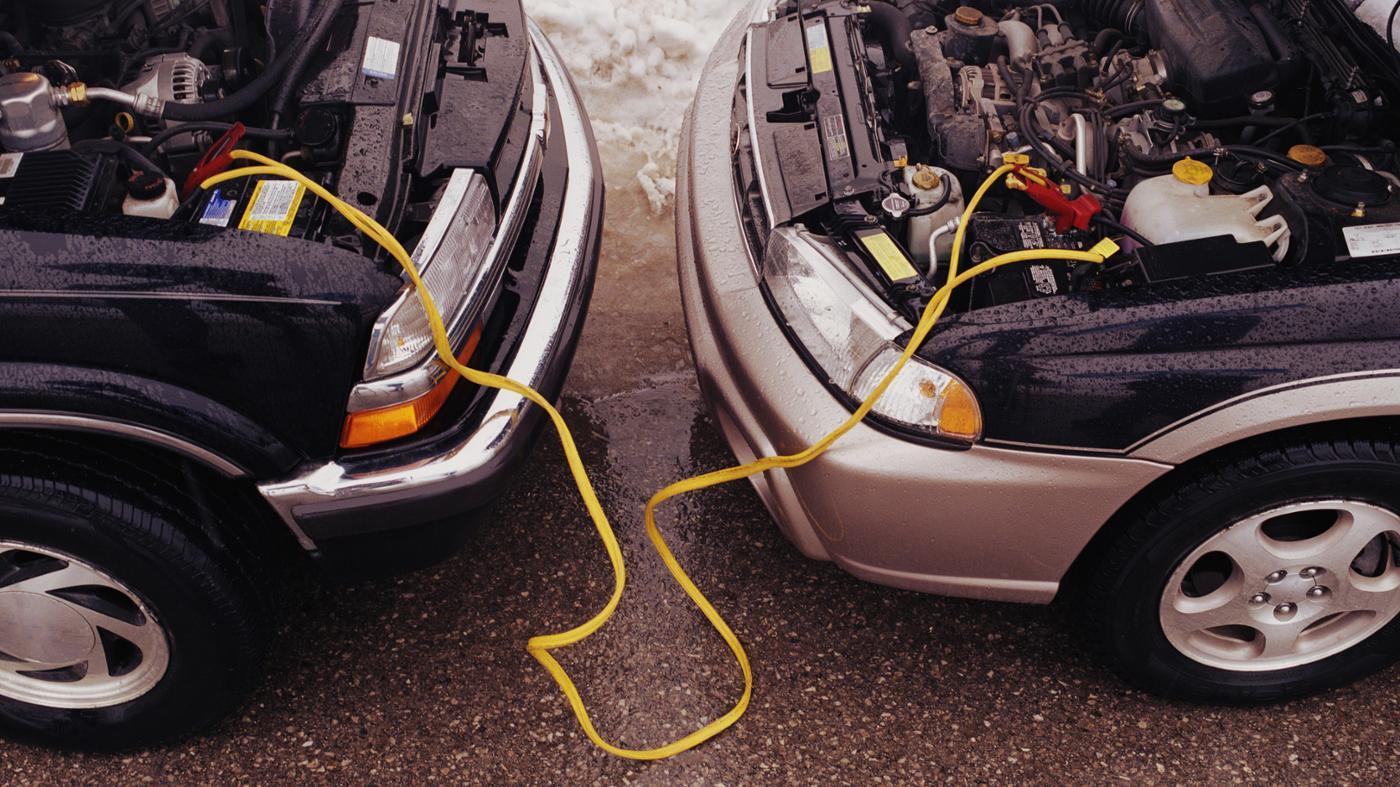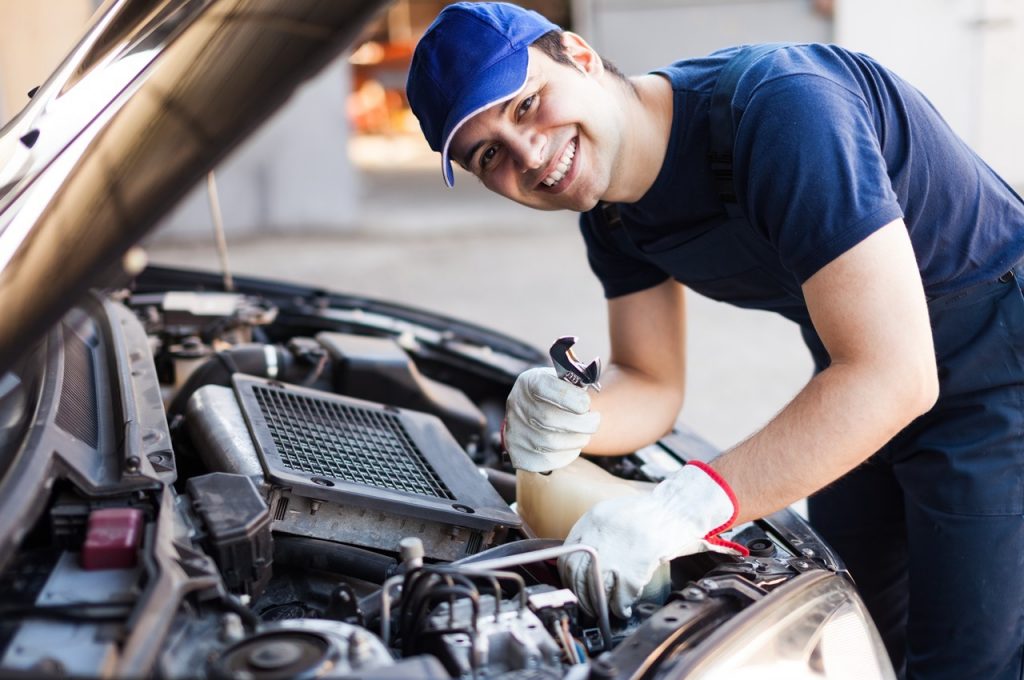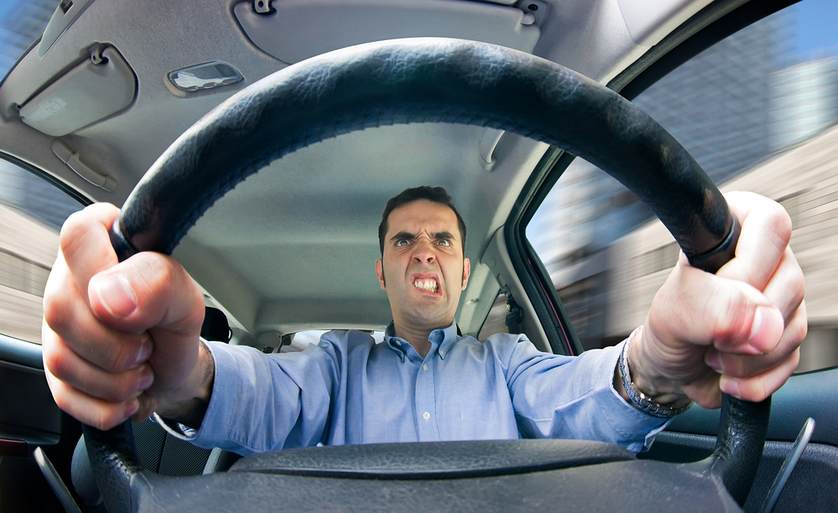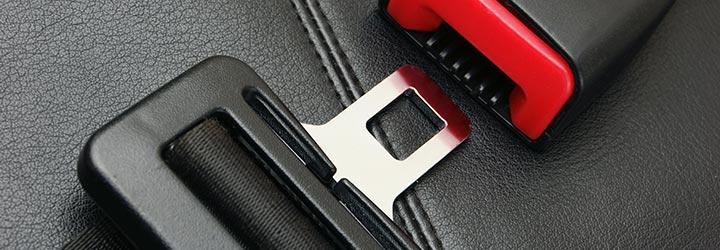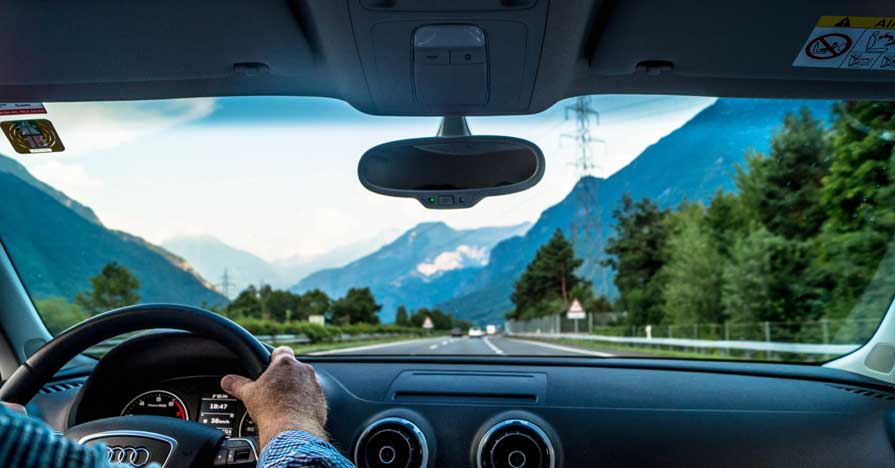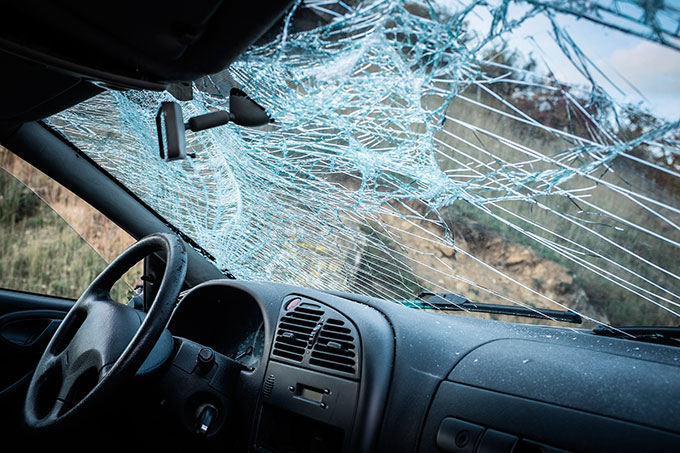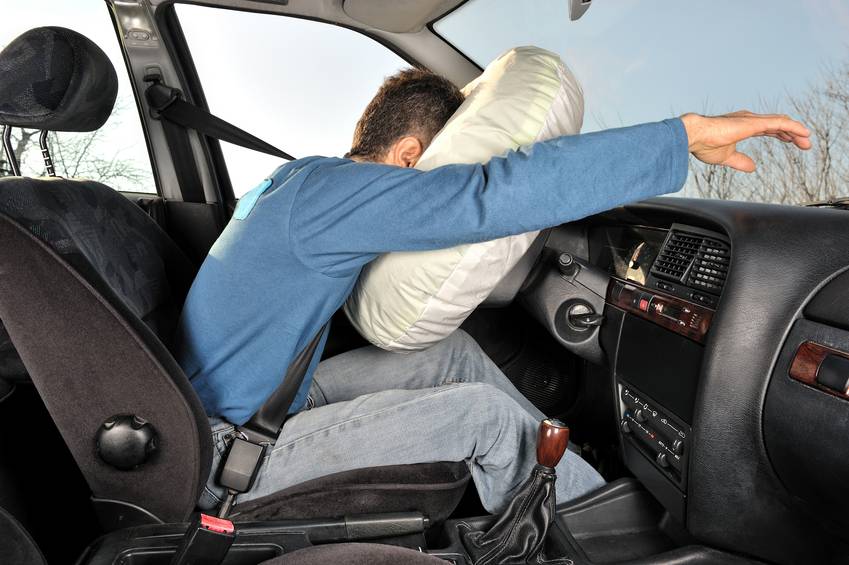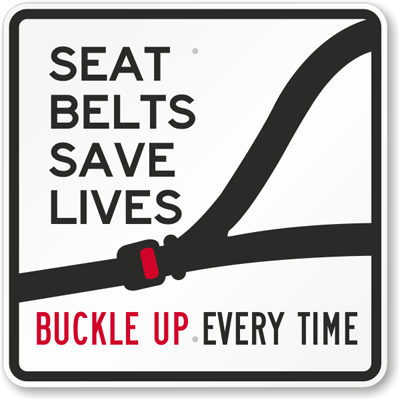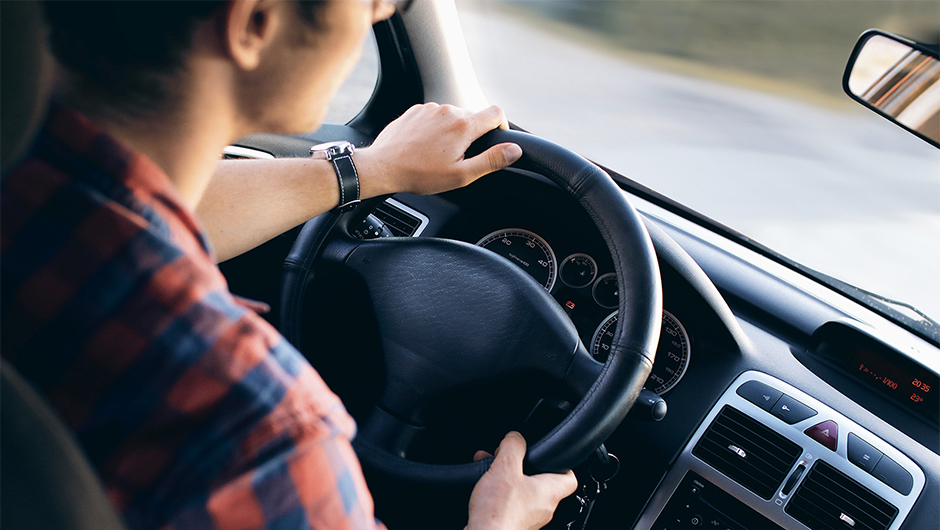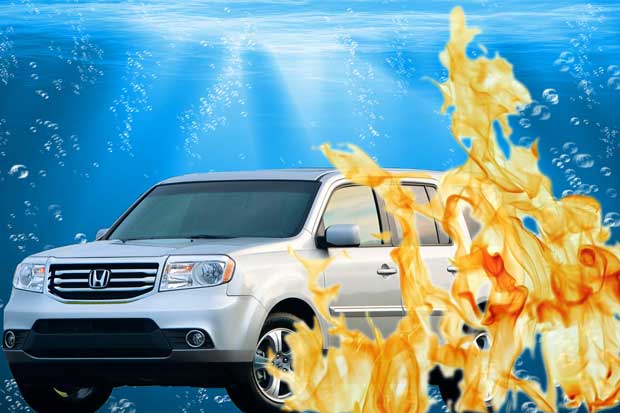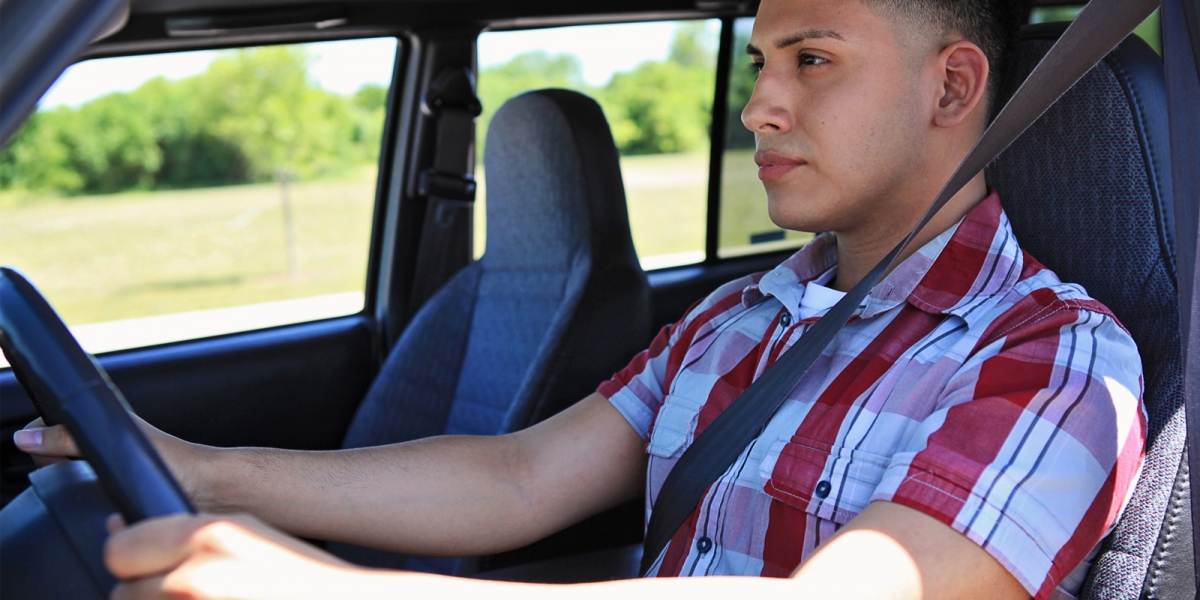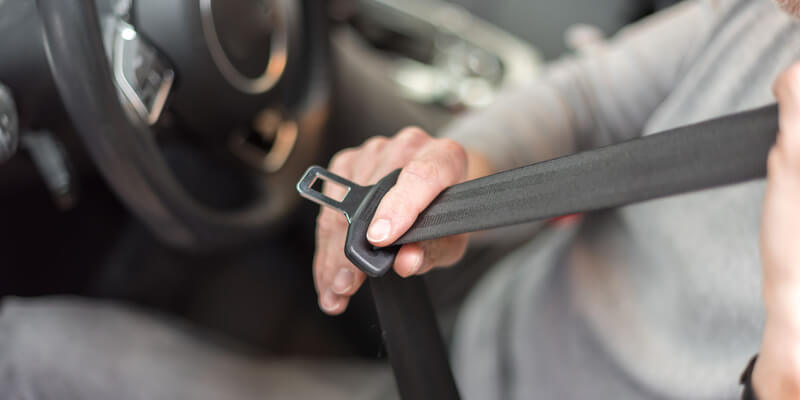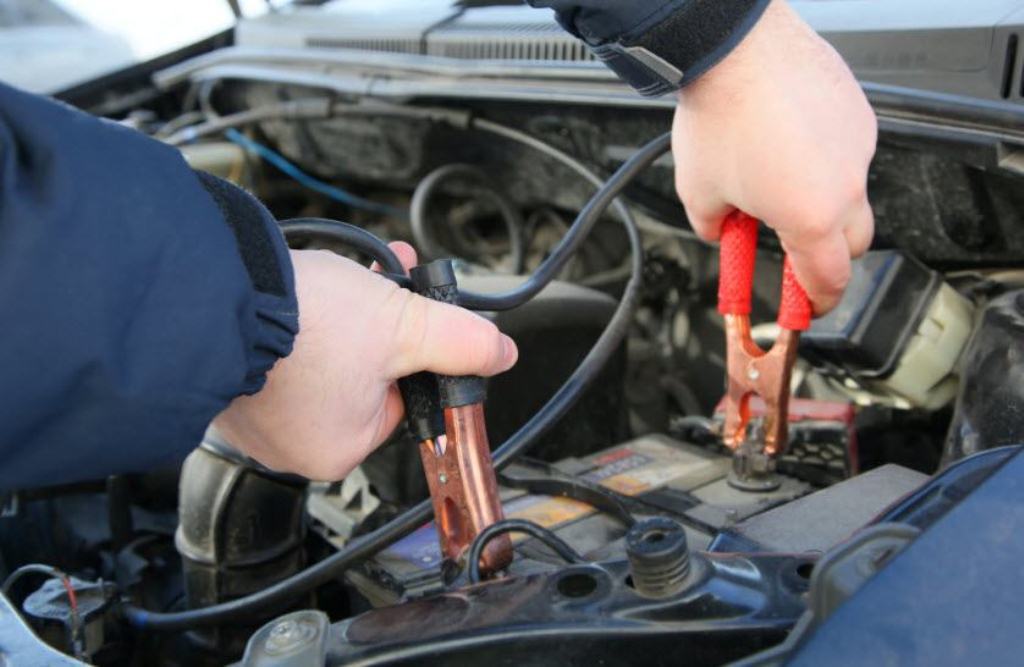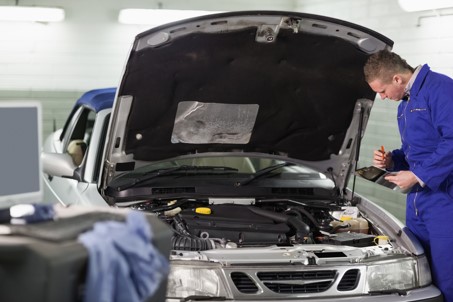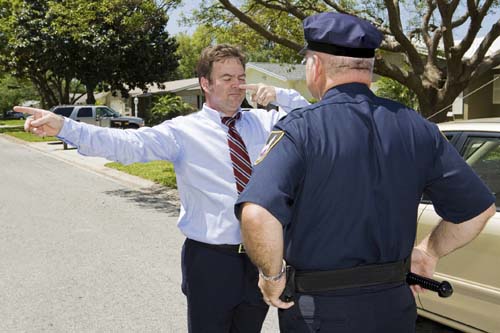Getting pulled over by the police, even for the slightest infraction, can be an uncomfortable and emotional ordeal. Especially for those who have never been pulled over in the past, and are unsure of how to act. In any case, there are a few things that any driver should know should they be stopped.
- As soon as you see police lights or hear the car’s siren, turn your emergency flashers on. This will help let other drivers know that you are the driver who is being pulled over. It will also let everyone know that you are slowing down.
- Try your best to find a safe location to park. If you are on a highway, there is usually a good amount of space to accommodate two vehicles. Never pull on the left side of the road.
- Once you’ve found a safe place to park, turn off your ignition. Don’t do anything that could be perceived as trying to get away.
- If you’ve been pulled over by a marked police car, roll down your window immediately. If you’ve been pulled over by an unmarked police car, wait until the officer approaches your vehicle and shows his credentials.
- Don’t worry if it takes a couple of minutes for the officer to step out of his car. They are likely getting information about your car or communicating with other officers. Do not get out of your vehicle.
- When you begin communicating with the officer, remain calm, and be respectful. If you are not sure of the reason why you are being stopped, do not become defensive.
- The police officer will ask for your license, registration and insurance policy. Let the officer know where it is before retrieving it. It’s a bad idea to start searching through your pocket or glove compartment until you are asked. The office may take this as you searching for a weapon.
- Be sympathetic and apologetic. If you got pulled over for speeding, for example, let the officer know you’re sorry for going over the limit and that you understand the consequences that go along with that. The officer may be easier on you if you state that you understand.
- Don’t argue or beg if you get a traffic ticket. Arguing or getting defensive could get you a lot worse. If you are only given a warning, be sure to thank the officer for understanding. If you are given a verbal warning, tell the officer you will correct your driving. Remember to be respectful, even if you get a ticket.
- Once the officer has returned to his vehicle, carefully return to the road and go on your way.
Let’s face it, no one wants to be pulled over. But even when stuck in this situation, there are ways to make it less unpleasant. Always remember to listen and be respectful. If your traffic infraction or driving record isn’t too spotty, you may be able to get off with a warning.
Signed,
Amigo Insurance

